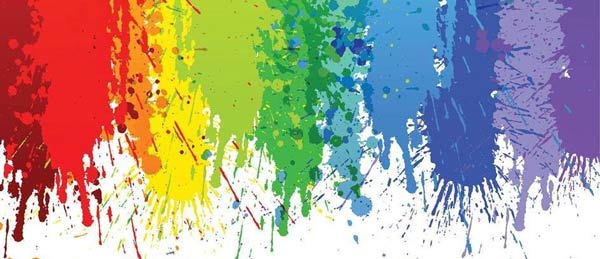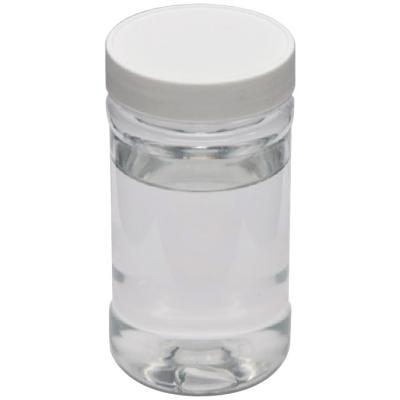
Some dyes can dye textiles with bright colors. However, because of the water soluble groups of the dyes, the color fastness of the textiles is not good after the wet-processing, and there are many serious phenomena like color fading and color staining, which make the textiles look outmoded, and the dyes will fall off from the textiles and stain the white fibers or fibers with other colors, leading into phenomena like staining and color-overlapping, direct dyes and acid dyes are prone to cause such problems. In addition, although reactive dyes can combine with cellulose fibers by forming covalent bonds, in dyeing, the wet-processing fastness will reduce if there exist hydrolytic dyes or unbonded dye soaping is not sufficient, and the covalent bonds that have formed between the reactive dyes and the fibers may also break down under the acidic or alkaline conditions, and problems like lacking colorfastness to chlorine, colorfastness to sweat, and colorfastness to sunlight may also occur. In order to improve the colorfastness of the textiles, we can use dye-fixing treatment. Auxiliaries that can improve various colorfastness are called color fixing agent.
Methods / Steps
The dye-fixing treatment of color fixing agents that can improve the wet-processing fastness generally has the following functions:(1) Insoluble lakes and closed soluble groups can be formed on the fabric to make the dyes on the fabric not easy to dissolve and fall off, so as to improve the fastness of the wet-processing. However, after using these color fixing agents to fix the color, the colored light of the fabric is easy to be changed and the sunlight fastness will reduce.
(2) Web film can be formed on the fabric to prevent the dye from falling off.
(3) By using the reactive groups in the molecule of the color fixing agent, the reactive groups of the dye molecules will crosslink with the hydroxyl groups of the cellulose molecules, and the fixing effect of the dye on the fiber can be improved.
(4) Using the molecular attraction between the color fixing agent and fiber to increase the fixation strength of the color fixing agent so as to improve the fastness of dyeing.
In addition to the color fixing agent that is designed for improving the wet-processing fastness, there are some other color fixing agents that is designed for improving other colorfastness.
(1) Using the buffering ability of the color fixing agent to neutralize the acid in the sweat to prevent the covalent bond formed between the active dye and the fiber from being broken, so as to improve the sweat stain fastness.
(2) Using the smoothing function of the color fixing agent to reduce the friction coefficient of the fiber surface, thereby improving the rubbing fastness of dyed fabrics.
(3) Grafting the UV absorbents into the color fixing agent molecules, and the ultraviolet absorption group can absorb ultraviolet light in the sunlight, so as to prevent the ultraviolet light from destroying the dyeing structure, thus improving the insolation fastness.
(4) Using the chlorine resistance or oxygen-absorbing quality of some substances to prevent the active chlorine from attacking the azo structure of reactive dyes, so as to improve the chlorine soaking resistance fastness and the chlorine bleaching fastness of the reactive dyes.
Matters Need Attention
In general, a good color fixing agent should have the following properties: Strong color fixing ability that can improve the color fastness of the fabric obviously. The dye has a wide adaptability, and the dye structure has little influence in the fixation effect. The affinity of the fiber is strong and the proportion of the absorption rate in the fixation rate is high. The fabric will not have photochromic problem after the color fixing treatment of the color fixing agent. While improving the color fastness (such as washing color fastness), other color fastness (such as insolation fastness) should not be reduced. The hand feeling of the fabric should not affected, and the strength of the fabric will not be reduced.Qingyuan HT Fine Chemical Co., Ltd. (original Qingxin County HT Fine Chemical Co., Ltd.) was founded in 2005. It is a comprehensive and large-scale production enterprise that is home to R & D, production, sales and technical service support of textile printing and dyeing additive.
Our company has the following excellent products to solve all all kinds of fastness problems:
·Wet Rubbing Fastness Improver -- Environment-friendly products that can greatly improve the effect of wet rubbing fastness.·Acid Color Fixing Agent -- The washing fastness and sweat, insolation and chlorine resistance fastness of the fabrics can be greatly improved.
·Anti-UV Finishing Agent -- Excellent durable infrared absorption properties and infrared shielding effect.
·Formaldehyde-free Color Fixing Agent -- The rubbing fastness, soaping fastness and sweat fastness of the fabrics can be significantly improved.
·Turquoise Blue Color Fixing Agent -- Formaldehyde-free color fixing agent designed for turquoise blue dyes, it can significantly improve all the fastness of fabrics.
·Insolation Fastness Improver -- It can be used during the dyeing process, the anti-UV grade, insolation and sweat fastness of the dyed fabrics can be significantly improved.
· Sweat Stain Fastness Improver -- It is mainly suitable for the dyeing with various natural fiber reactive dyes, it can improve the sweat fastness. The lightcolor and the hand feeling of the treated textiles won't be affected.
·Chlorine Resistant Color Fixing Agent -- All kinds of fastness of the fabrics can be significantly improved, especially the chlorine resistance fastness.
Looking forward to hearing from you at any time, our team will provide you with professional products and services wholeheartedly!



 English
English  日本語
日本語  Español
Español  tiếng việt
tiếng việt  Türkçe
Türkçe  ไทย
ไทย  українська
українська  हिंदी
हिंदी  বাঙালি
বাঙালি  اردو
اردو 

